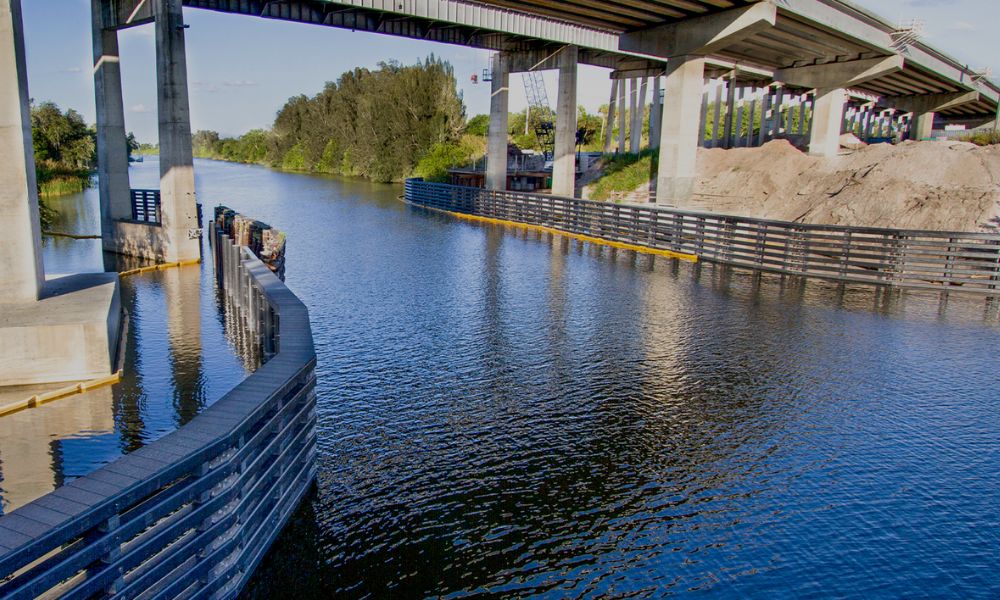4 Common Questions About Plastic Lumber Decking

Plastic lumber decking is becoming an industry standard for many marine applications. Benefits include being long-lasting, resisting rot and being sustainable. Still have questions? Keep reading for answers to some of the most common questions about plastic lumber decking.
What Is Plastic Lumber Decking Made Of?
One of the most common questions about plastic lumber decking is, “What is it made from?” As you may guess, plastic lumber contains synthetic materials—specifically new or recycled HDPE (high-density polyethylene) and additives like color and UV-protectant to enhance the strength and durability or change the color of the plastic lumber.
There’s also composite marine decking, which combines wood fibers and different types of plastic and additives, including polypropylene, polyethylene, and polyvinyl chloride. Quality plastic decking material should only contain HDPE, as composite decking loses strength with the addition of wood fibers and cheaper style plastics.
Does It Look Natural?
Some people hesitate when looking at plastic lumber because they want a deck that looks natural and blends nicely into their home or marine environment. The aesthetics of plastic decking completely depends on the manufacturer, but innovations of woodgrain and dimensional texture create a beautiful natural look.
When choosing a manufacturer for your decking, it’s important to see the product in person to tell the difference, as quality makes all the difference.
Pro-Tip
Plastic lumber decking comes in a variety of colors and woodgrain styles and will never need to be painted, stained, or waterproofed. Check out all our varieties and download a brochure.
How Long Does Plastic Lumber Last?
Perhaps the number one benefit of plastic lumber decking over natural wood is its longevity and durability. Since the boards are not organic, plastic decking is more durable and protective than wood—making it waterproof, UV-resistant, and impervious to splinters, rot, and insects.
Plastic lumber doesn’t rot like wood when exposed to water and doesn’t succumb to termites and other insects that could weaken its structural integrity. Each product and plastic lumber manufacturer is different, but most plastic decking can last up to 25 years. Tangent Materials offers a 50-year warranty on plastic lumber materials!
Is It Worth the Investment?
In the short-term, this will cost more up-front than typical lumber, but its long-term value is undeniable. Typical wood decks will require maintenance after a few years, depending on the environment they are placed in, and will last an average of 10–15 years. Your decking from Tangent Materials will outlast natural materials multiple times over. Plus, since plastic lumber is so low-maintenance, customers don’t have to spend money on staining, painting, sealants, or repairing splinters.
Learn more about our TanDeck plastic lumber deck material here.












